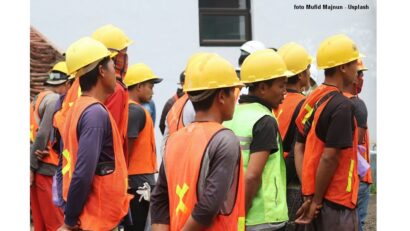Dual Vocational Education in Romania
Vocational education was eliminated in 2009, to be later set up again at the request of employers

România Internațional, 12.07.2017, 12:35
20 years ago, vocational education in Romania was still preparing skilled workers for all the economic branches existing back then. Unfortunately, this type of education was eliminated in 2009, to be later set up again at the request of employers who could no longer find skilled workers on the market. Statistics show that one in four young people is unemployed and 16% of the Romanians in the 18 to 24 age bracket are not studying or are not attending a professional training course.
In Romania, only 20% of middle school graduates choose vocational education, although as many as 50,000 8th graders fail the Evaluation exam, and if they enrol in a high school they are not going to pass the Baccalaureate exam. In these circumstances, powerful companies have tried to impose a dual education system. With details, here is Zoica Vlăduţ, deputy director of the National Centre for the Development of Vocational and Technical Education:
Zoica Vlăduţ: “In November 2016 an emergency decree was passed that introduced this form of organisation, namely vocational and technical education through dual education, which entails a greater involvement of companies. It is organised at the initiative of companies that are prospective employers and partners for apprenticeship, it is based on a partnership contract concluded by the education unit, the company and the local administration, and also on an individual practical training contract signed by the education unit, the company and the student. Also, in the dual education system, companies have to provide scholarships in the same amount as those provided from public funds.”
This education system has already been implemented in several schools across Romania. In 2016, more than 5,000 companies got involved and provided jobs for the students who graduated vocational schools in the dual education system. Cristian Macedonschi, a local councillor and president of the Association for Tourist Promotion and Development of Brasov County, talks about the success this type of education has in Brasov:
Cristian Macedonschi: “For two years, a pilot project has been implemented by the Brasov Tourist Promotion Association alongside the Kolping Hotel and Cronwell Hotel. We had a class of 14 cooks and 14 waiters. As of 2017 we’ll have 3 classes in the dual system: a class of 28 cooks, a class of waiters and a class of room attendants. We have a total of 90 students, but there is demand for more. The industry representatives met on January 10 and one of their conclusions was that they need twice as many skilled workers. The problem is that we also have to train the trainers. To this end we’ll have Erasmus programmes implemented, under which our trainers will go abroad to Austria, Switzerland and Germany where this dual education system is recognised and has become a tradition. And after we have trained our trainers, we will be able to increase the number of classes.”
According to the school curricula, in the dual system, theoretical learning accounts for 40% of the total and practical learning for 60%, in the first of the three years of schooling. This ratio changes in the third year, when practical activities account for 75% of the time spent at school.
Cristian Macedonschi: ”High school graduates get employed by the partner companies of the public high-school where, for three years, they have trained to become cooks, waiters and housekeepers. The courses are free of charge and the students receive a 200-lei grant from the state and 200 lei from the employer. Overall, they receive 400 lei per month and learn one of the three professions in three years. Upon graduation they receive a diploma and can be hired by the companies where they have learnt their professions. The first school in Romania, based on this dual system, was opened in Brasov, in 2012. It operates in the aeronautical and car-making industries. Hundreds of youngsters have graduated from that high school since 2012, and around 97% of them got employed by the companies where they started practicing the job. These young people who have worked in the respective company for three years are now very good specialists in the company.”
At present, few young people embrace the idea that a job offers you a golden opportunity in life. Even if skilled, well-trained workers are needed on the labour market, many students are no longer interested in vocational training, and the main reason is the attitude regarding these vocational high schools, experts say. Many feel ashamed to go to a vocational school and would rather be unemployed, but have a university diploma, than learn a practical profession.
Zoica Vlăduţ: ”Over the past few years, an ever smaller number of children have chosen to go to a vocational school in order to acquire professional skills. In an effort to allow as many children as possible to start such a career, the Education Ministry declared 2017 the year of promoting vocational and technical learning. A series of actions will be taken, such as information and awareness raising campaigns, carried out among children and parents, on the opportunities children have in terms of starting a career by attending a vocational or technical school, in the dual system. This type of education should also be supported by entrepreneurs, the business sector, which should convince people that a form of vocational education is not a second hand choice in life, or designed for those who got small grades in the secondary education system, but an opportunity for young people to build a professional career and even a chance for them to further their studies, up to university entry level.”
Experts in the field are currently drawing up methodologies which provide the framework for the organisation of dual vocation and technical education, starting with the 2017 school year.






























